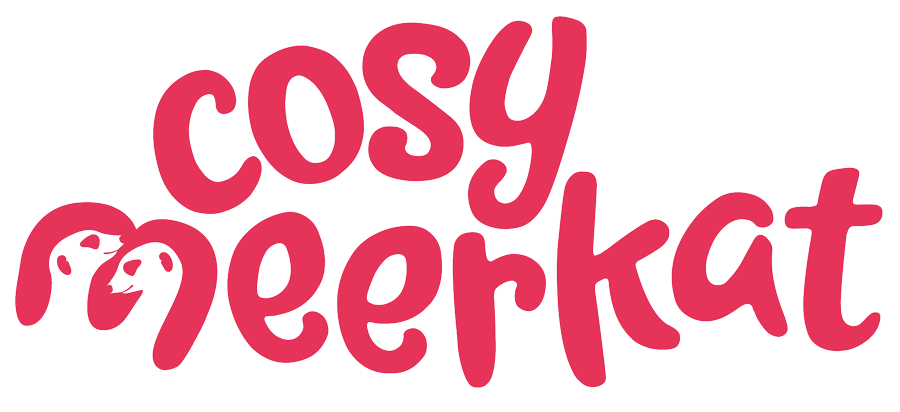Design advice for internal communicators
For when you hear, ‘can you make it pretty?’ … again
If you work in internal comms, you’ve probably lost count of how many times you’ve been asked to “make it pretty.” It’s frustrating, and often a sign that people don’t understand just how crucial good design is. But the truth is that design isn’t a nice-to-have. It’s an essential tool to cut through noise, spark engagement, and influence behaviour.
Sometimes you have a designer on hand. Other times, it’s just you, PowerPoint, Canva, and a mountain of words. So what do you really need to know to get it right?
We asked two brilliant designers, Russell Horton (Superhuman Creative) and Joe Illsley (Creative Spirit Design), to share their top tips for internal communicators who want to move beyond “just make it look nice” and create design that works.
1. Design is communication, not decoration
Russell sums it up perfectly: “Everyone thinks they’re a designer, but the wrong font or too much copy turns your message into a mess.” Design should shape behaviour, spark emotion, and drive action, not just look pretty.
If your communication looks cluttered or confusing, no one will engage with it, no matter how important the message.
2. Start with a clear goal and keep your audience front and centre
Joe explains: “The best briefs don’t tick boxes, they get to the heart of the project. What’s the goal? How do you want the audience to feel? What’s the one thing you want them to do?”
Russell adds, “Focus on the three most important things you want to say.”
Think of design as just another internal comms challenge. Define your goal clearly before you start. This will save time and prevent mixed messages.
3. Make it relatable and human
Before you dive into image libraries, remember: your audience needs to see themselves in your message. Russell stresses, “To emotionally engage people, use language and imagery that they recognise and relate to.”
Design and visuals should add weight to your message, not distract or confuse.
4. Be inspired. But don’t just copy and paste
Joe and Russell agree: inspiration is everywhere, but blind copying is a shortcut to forgettable design.
Russell warns, “Don’t just grab ideas off Pinterest. Great design ideas need to come from your own head.”
Joe recommends looking to nature for colour palettes and shapes: “Step outside, notice colour, texture, and form. Then blend that with your brand and audience to create something original.”
5. Use clear visual hierarchy to guide your audience
Russell highlights a common pitfall: “No clear hierarchy of message confuses people. You need to guide their eyes to know what to focus on first.”
Use size, colour, and placement deliberately. Keep fonts consistent and body text uniform.
6. Know your tools… and keep it simple
Joe’s advice for PowerPoint: “Less is more. Use at least 18pt text, break complex info into bite-sized chunks, and don’t fear white space.”
Russell agrees: “Avoid cramming slides or pages with too much text or images. Use a clear headline, short copy, white space, and section breaks to help readers.”
On Canva and other tools, Russell says: “Don’t rely on the tool to do the work for you. Stick to brand colours, use quality images, and limit your templates. Fewer, cleaner layouts win every time.”
7. Avoid these common mistakes
Here are the biggest design red flags that Joe and Russell see:
Too much copy and information overload. Make some cuts or spread content out and let it breathe.
No clear hierarchy of message. This just leaves your audience confused - make it easy on the eye.
Poor image quality or stretched visuals. This instantly looks unprofessional.
Inconsistent fonts and colours. Keep it consistent and on-brand for a polished feel.
Remember, design is a skill you can’t fake. When it gets complex, bring in a professional. Joe reassures, “design can work on any budget.” And when your message really matters, it’s worth the investment.
Finally, you can learn how to think like a designer, without becoming one.
Good design helps internal communications get understood, remembered, and connected with. You don’t have to be a designer, but thinking like one helps you write better briefs, collaborate effectively, and create more powerful content.
If you’re tired of hearing “can you just make it look nice?”, get in touch. We’ll help you make your message work harder, bring it to life, and show the real value of brilliantly designed internal communications.
Get in touch to see how we can help you and your business.
Photo by fauxels: https://www.pexels.com/photo/photo-of-man-using-computer-3184612/
